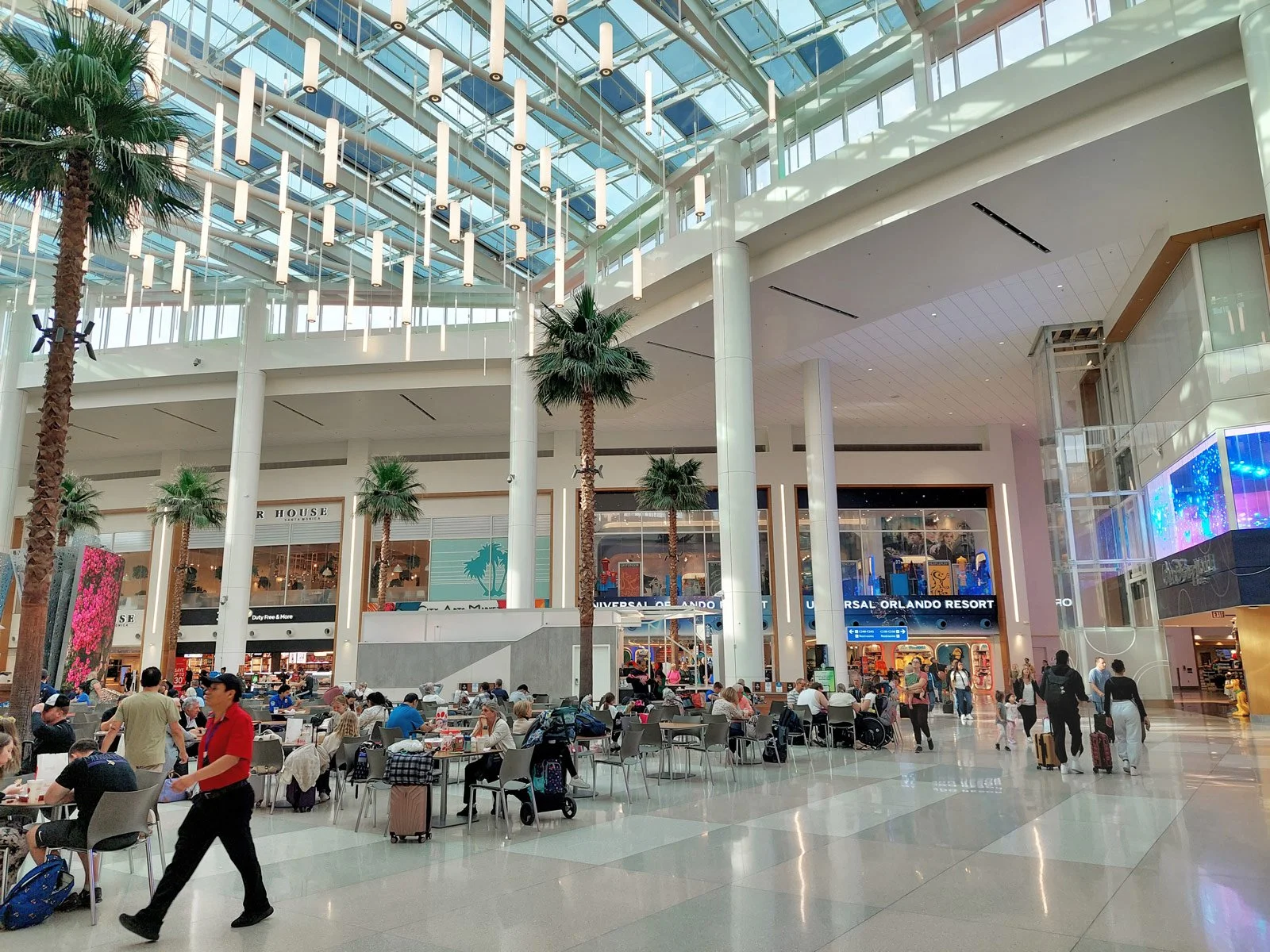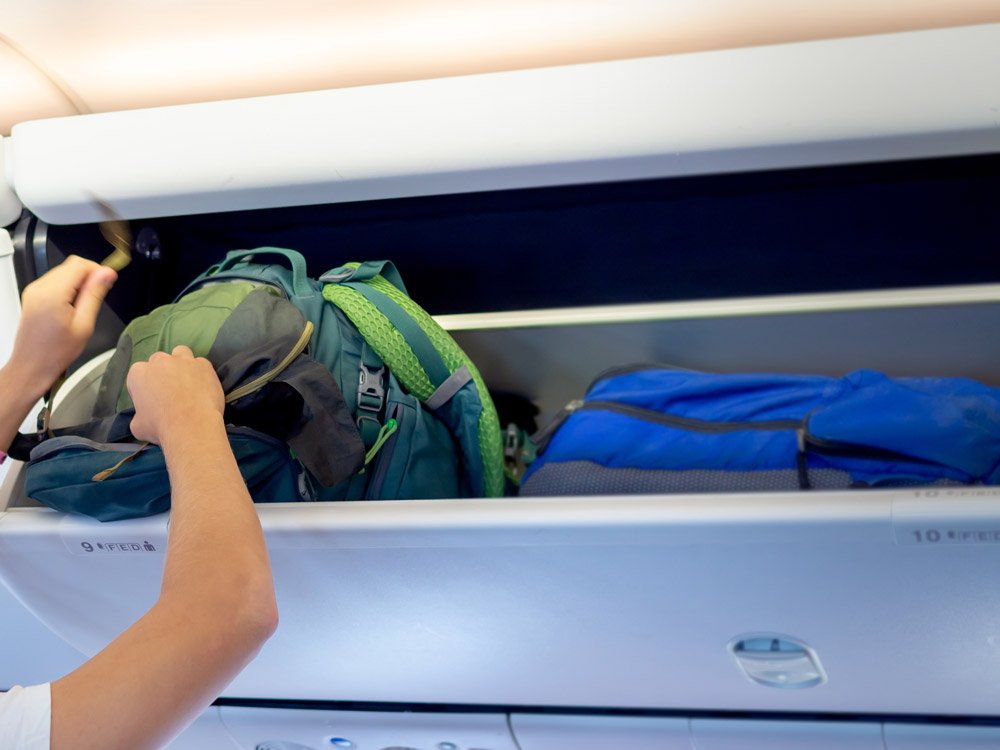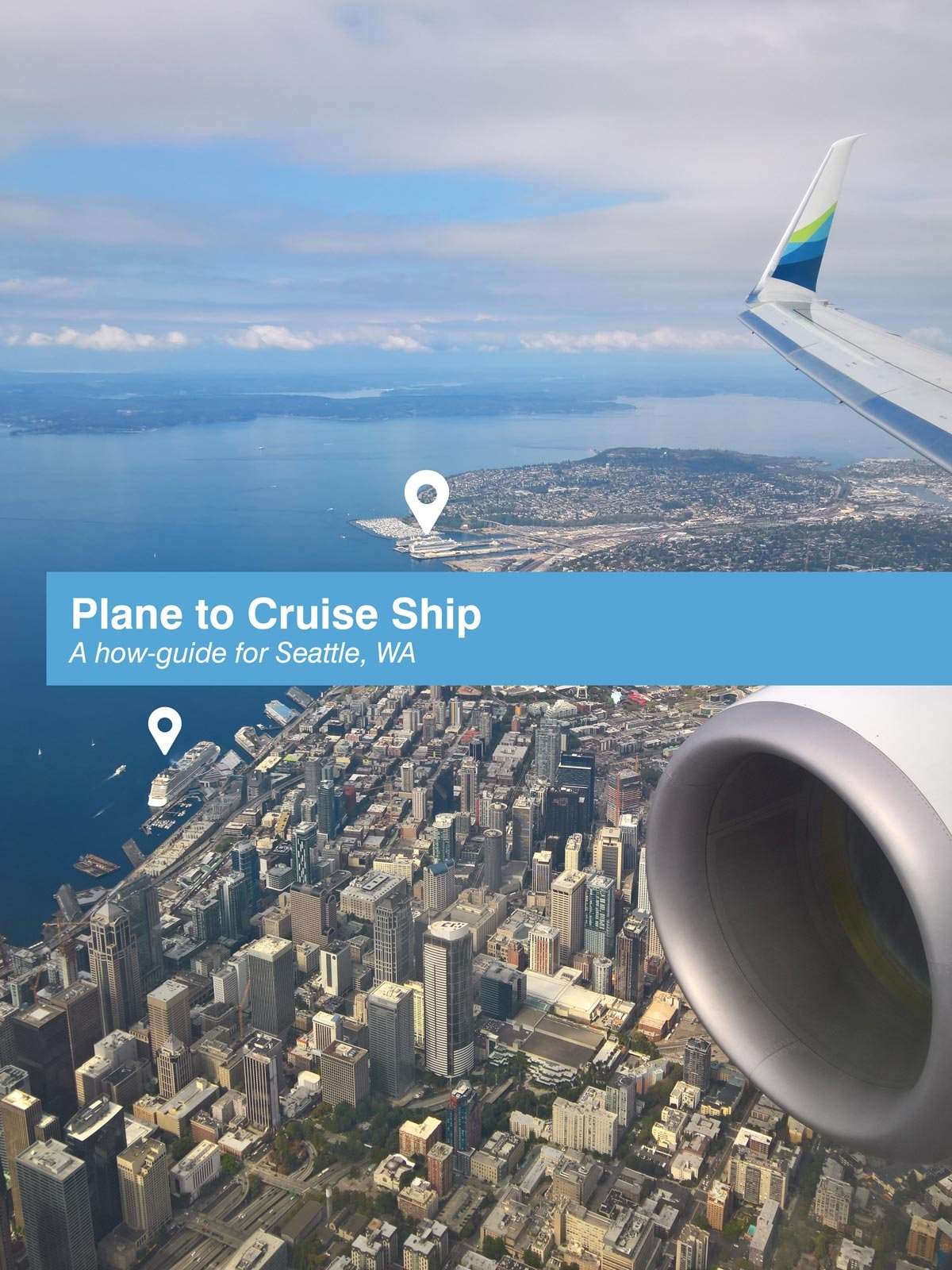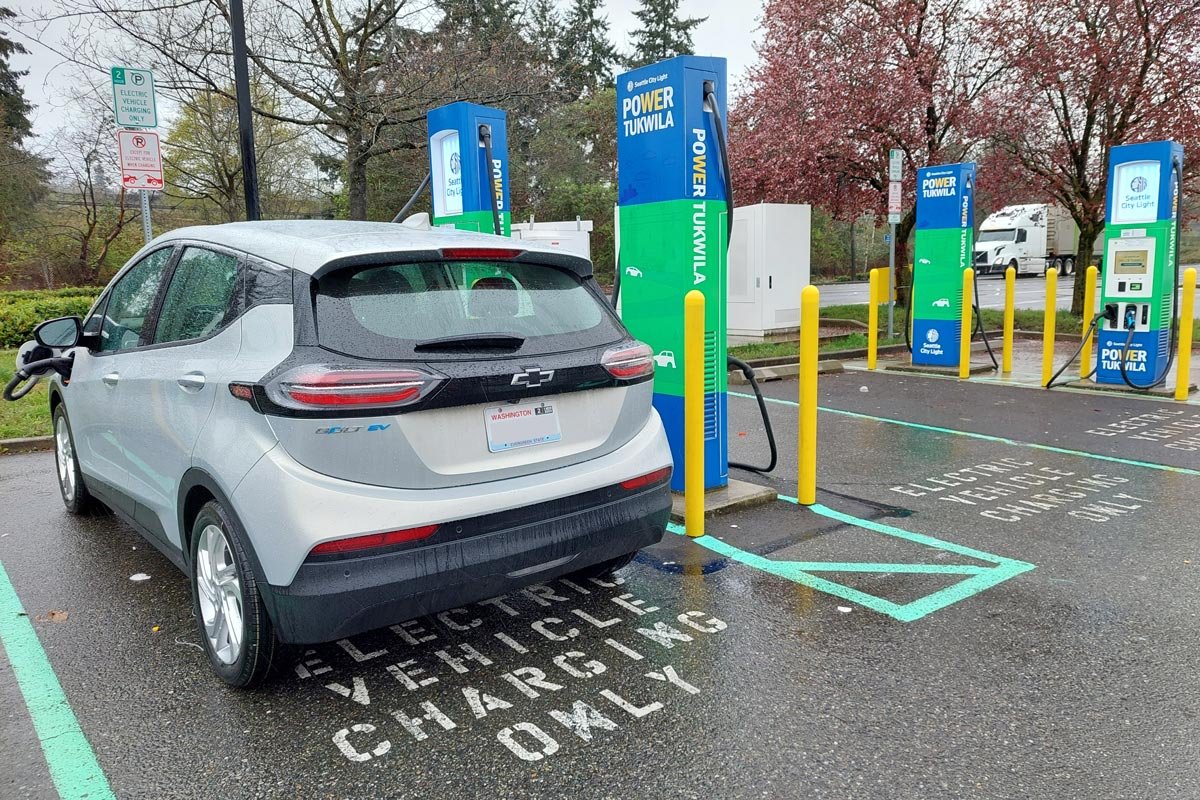Why Dallas, Texas is the best city for viewing April 2024’s total solar eclipse
Dallas, Texas is a top logistical pick for locations to watch the April 8, 2024 Total Solar Eclipse.
Image: nthomas76207 / Flickr (CC BY-NC-ND 2.0 DEED)
Viewing a total solar eclipse from within the path of totality yields an unforgettable experience of the iconic “Ring of Fire”
Image: O'Dea at Wikimedia Commons, CC BY-SA 4.0
On April 8, 2024, a total solar eclipse will traverse North America, carving a line from Central Mexico, diagonally across the United States from Texas to Maine, before exiting through the Canadian province of Newfoundland and Labrador.
North America has been lucky, having two total solar eclipses visible from the contiguous United States within a span of ten years, with the last one being in 2017. This year’s eclipse will be special because it’s the last one for a generation; the next total solar eclipse to be visible from the contiguous US won’t occur for another two decades, on August 23, 2044.
If you’re planning a trip to see the eclipse and its iconic ring of fire from within its ~100 mile wide path of totality, you may be wondering what city is best to watch it from.
Many notable cities such as San Antonio, Austin, Memphis, St. Louis, Cincinnati, Detroit, Columbus, Pittsburgh, and Toronto will be on the edge of totality or just a short drive from it. However, viewing the eclipse from the edge of its path of totality will drastically shorten its duration.
To maximize your exposure to totality, the closer you are to the centerline of totality, the better. Totality durations toward the centerline will be closer to four minutes, whereas viewing locations closer to the edges of totality will only experience totality two minutes.
Luckily, the center portions of the eclipse’s path of totality will pass directly over four large metropolises: Dallas/Fort Worth, Indianapolis, Cleveland, and Buffalo.
Of these four metro areas, Dallas, Texas is hands-down the best choice for watching the eclipse for a multitude of reasons. Likelihood of better weather is the top consideration. However, with thousands of people flying and driving into the path of totality, logistical considerations such as ease of access, abundance of hotels, and access to mass transit are also important to consider, and this is where Dallas really stands out versus the other three city choices.
Map of the April 2024 total solar eclipse’s path of totality through the United States.
Image: NASA
Reason 1: Dallas Fort Worth is home to two commercial airports, including one of the largest in the US
For many eclipse watchers, traveling to the path of totality will require a trip to the airport and flying on a plane. Airlines have taken notice and have added extra flights to destinations along the eclipse’s route.
Ease of access by air travel is where Dallas knocks it out of the park versus Indianapolis, Cleveland, and Buffalo. Firstly, Dallas is served by two major commercial airports, Dallas Love Field (DAL) and Dallas Fort Worth International Airport (DFW).
If you’re a big fan of flying Southwest Airlines, you’ll be glad to know that Dallas Love Field, located just a few miles out of Downtown Dallas (and its many hotels) is one of Southwest’s largest hubs, meaning there will be an abundance of flight options to and from many different parts of the country.
DFW is one of the nation’s largest airports with hundreds of flights a day by hub carrier American Airlines
Image: JW_PNW/Shutterstock.com
For people traveling on other airlines, accessing Dallas through Dallas Fort Worth International Airport (DFW) should be a breeze. DFW was the United States’ 2nd busiest airport in 2022, serving nearly 75 million passengers. By comparison, the primary airports for Indianapolis, Cleveland, and Buffalo are less than 1/8th the size of DFW, meaning a lot less flight options, and higher airfares.
DFW is also a major hub for American Airlines (the largest airline in the world), which brings many direct flight options from cities across North America, as well as connections to the rest of the world through American’s membership in the oneworld alliance.
For the widest selection of flight options, as well as the ability to create a travel bundle package to Dallas with flight, hotel, and car, we would recommend booking through an online travel agent like Expedia. Alternatively, you can book individually with an airline and implement some money-saving tips such as buying an airline gift card at the grocery store with a good cash back credit card, getting airline gift cards from Amazon with a Prime Visa card, or buying discounted airline gift cards from a wholesale club like Costco.
Reason 2: Abundance of Hotels in Dallas for the Solar Eclipse
Due to the eclipse beginning in the late morning hours, it may be a good insurance policy to arrive the day before and not flying to Dallas the morning of. The eclipse in Dallas runs from 12:23pm to 3:02pm in Dallas, with totality occurring between 1:40 and 1:44pm CDT so any significant flight delays that morning will create the risk of you missing the eclipse. Additionally, the eclipse falling on a Monday also gives a good opportunity for those seeking a weekend outing to spend one in Dallas.
Staying a few days will require lodging, and one of the lessons learned from the prior 2017 solar eclipse was that many hotels along the path of totality were sold out months in advance, leaving last-minute travelers without lodging options.
While the sellouts were due in part to that eclipse’s path traversing many rural portions of America, bypassing major cities and their large supplies of hotel rooms, it demonstrated the high level of demand and popularity for the public to travel and see an eclipse.
There is no reason to believe this year’s eclipse will be any less popular than the one in 2017, and this is another reason why Dallas is our top choice for cities within the central path of totality. Home to nearly 8 million people, the Dallas Fort Worth Metroplex is the fourth largest metropolitan area in the United States, meaning there are hundreds of hotel options to choose from with thousands of rooms available.
The high supply of hotel rooms in the Dallas area, including many near DFW Airport, will help ensure eclipse watchers are not stuck without a hotel room, or forced to over-pay for a hotel.
The Dallas Fort Worth Metroplex has hundreds of hotels to choose from, including from leading chains like Marriott, Hilton, Hyatt, Wyndham, and Choice Hotels.
Image: The Window Flyer
Reason 3: Dallas has plenty of options for ground transportation
The 2017 eclipse resulted in nightmarish traffic jams. Viewing the eclipse in a big city with mass transit can help avoid getting yourself into situations like this.
Image: The Window Flyer
Another lesson learned from the 2017 eclipse is that roads and highways (sized for normal day-to-day traffic volumes) simply do not have the capacity to handle the influx of hundreds of thousands of cars descending upon the area all at once. Eclipse watchers driving to and from the path of totality in 2017 found themselves stuck in traffic gridlock that extended dozens of miles and in several notable cases, lasted well over 10 hours after the eclipse ended.
Traffic congestion – or rather, avoidance of – is an additional reason Dallas tops our list for cities to view the eclipse from. Being in a big city means access to mass transit. Dallas’ DART Light Rail system has 4 lines across the metro area, including a direct connection to DFW Airport. Additionally, DFW is also served by regional rail systems TEXRail, and Trinity Railway Express.
Dallas’ DART Light Rail system goes to the center of the path of the totality.
Image: Wikimedia Commons: Elena Rohweder Turner, CC BY-SA 3.0 DEED
The presence of these three rail transit systems and direct connection to the airport will make it simple for travelers to get around Dallas the weekend of the eclipse without needing to rent a car, be stuck on highways, or take a pricey Uber. The broad reach of rail transit in Dallas also helps expand access to dozens more hotel options across the Dallas Fort Worth Metroplex for those who do not want to rent a car.
If you do end up renting a car in Dallas, we would recommend doing so soon, while there are still cars available.
One technical note to mention about ground transportation in Dallas – while the Dallas Fort Worth Metroplex falls within the path of totality, its southeastern suburbs (which can be accessed by DART’s Blue and Green lines) are located closer to the centerline of totality, where the longest durations of totality can be viewed.
Reason 4: Likelihood of good weather
Blue skies are key to a good eclipse viewing experience.
Image: NASA/Aubrey Gemignani
Picking the right city to watch April’s total solar eclipse is gambling, as far as the weather is concerned. Spring in North America can often come with cloudy days, especially in the northern and Midwest states.
While no one can guarantee clear skies, the objective should obviously be choosing a location that has the least probability of cloud cover or precipitation on the day of the eclipse.
Of the four large cities (Dallas, Indianapolis, Cleveland, and Buffalo) that sit solely within the path of totality, Dallas has the least likelihood for clouds or precipitation. A map published by the National Oceanic and Atmospheric Administration (NOAA) gives the Dallas Fort Worth Metroplex a 50% to 60%+ chance of eclipse visibility, versus less than 40% for Indianapolis, Cleveland, and Buffalo.
Speaking of the weather and eclipse visibility, it is also good reminder that you should be well-equipped with proper eclipse-viewing equipment such as eclipse glasses or solar viewers. It is never safe to look directly at the sun without proper protection!
CLosing Thoughts
If you are one of the tens of thousands of people still making travel plans to view the Total Solar Eclipse on April 8, 2024, you’ll need to quickly choose which city to go to. As the date approaches, flights, hotels, and rental cars will likely continue to increase in price.
Four major metro areas in the US fall within the path of totality: Dallas, Indianapolis, Cleveland, and Buffalo. For a number of reasons, including having a large airport and enormous availability of flight options, being a large city with an abundance of hotels and ground transportation options, and having good weather probabilities, Dallas, Texas checks all of the boxes.
Dallas is home to the nation’s 2nd largest airport (DFW), the world’s largest airline, and is the 4th most populous metro area. This means there will be plenty of flight options, hotel options, and ground transportation options to choose from for eclipse travelers. Additionally, Dallas has a higher probability of getting clear skies the day of the eclipse versus the other cities listed, which are located in cloudier, Upper Midwest and Northern states.
As this April’s total solar eclipse will be the last to be visible from the contiguous United States for the next 20 years, it is surely a once-in-a-generation opportunity to not miss. Happy flying, and happy eclipse viewing!
A group of spectators watch the total solar eclipse in 2017.
Image: NASA/Aubrey Gemignani
Related Content

















